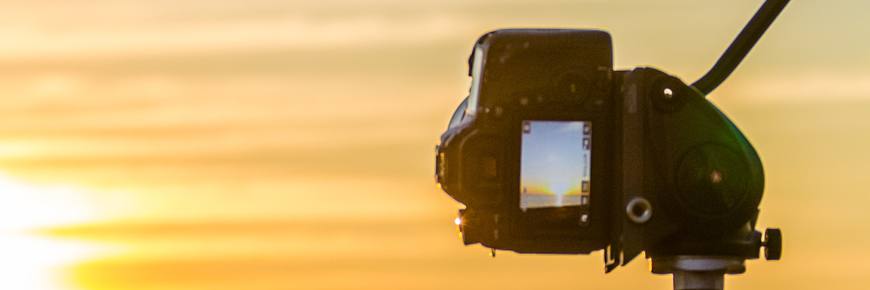
Photography
Point Pelee National Park
- Wildlife photography
- Landscape photography
- Rules and regulations
- Birding and photography ethics
- Birding trail map
- Contact us
Wildlife photography
The chance of seeing wildlife is one of the most exciting things about visiting a national park. It is important to treat wild animals with respect. Approaching too closely threatens their survival. Once wildlife become accustomed to being around people, they are in danger of losing the very thing that makes them special – their wildness.
Point Pelee National Park is a great place for photographers and wildlife watching. Just about any location can offer these special opportunities. Wild turkeys can often be seen alongside the road on rainy days and throughout the park. Deer are best viewed at dusk and dawn when they are most active. Late fall and winter offer better views with the lack of vegetation. The Marsh Boardwalk is a great place to spot basking turtles and whimsical birds.
Early and late in the day are usually the best times for photography and wildlife watching.
Landscape photography
Point Pelee National Park offers great opportunities for photography throughout the park and trails. For panoramic shots, try one of these vistas:
- Marsh Boardwalk Tower: Enjoy a breathtaking view of the marsh from above. This view is unquestionably Point Pelee.
- Sanctuary Lookout: Pull off the road for a peaceful and beautiful lookout over the marsh. From the frozen ponds of winter, to the lush green cattails of summer, this is one of the most beautiful vistas the park has to offer.
- Park Orientation: Stop at the orientation area for a panoramic view of the park from the entrance right to the Tip.
- DeLaurier Homestead and Trail: Take a walk through Pelee’s rich human history and photograph the transforming landscape. From what was traditionally agricultural lands to the regenerating savannah and woodland, DeLaurier Homestead and Trail is the perfect backdrop for family photos. Find the Parks Canada Red Chairs and post to social media. Don’t forget to #SharetheChair!
Rules and regulations
Please treat the landscape and its inhabitants with respect; stay on established trails to avoid trampling vegetation and always give wildlife plenty of space. Photographers who travel the park in search of good photo opportunities have a special responsibility to wildlife and fellow visitors. If you don’t have a telephoto lens (at least 300-400 mm), show the animal in its natural surroundings.
- Do not surround, crowd, or follow an animal.
- Never put people (especially children) at risk by posing them with wildlife.
- Do not stalk or pursue wildlife.
- Never follow an animal into the bush.
- Do not try to entice wildlife by feeding or by simulating animal calls
Photography Ethics
Traffic and parking
Use roadside pull-offs and parking areas to help avoid traffic congestion around wildlife.
Safety
All wild animals experience stress when crowded by humans. This is hard on the animals and dangerous. Wildlife behaviour is unpredictable, especially when females are with young and males are defending territory during the mating season.
The following distances are applicable in most instances. However, it is your responsibility to watch for defensive warning signals and react accordingly by pulling back or leaving the area entirely.
- 30 metres from all large species
- 200 metres from coyote or fox dens
Related links
- Calendar of events
- At-home activities
- Red chairs
- Art at the oTENTiks - Invitation to Vendors
- Artist-in-Residence
- Bicycling
- Bird watching
- Canoeing and kayaking
- Dark sky nights
- Picnicking
- Self-guided interpretive programs
- Shuttle to the Tip
- Camping and overnight accommodation
- Swimming
- Trails
- Festival of Birds
- Date modified :